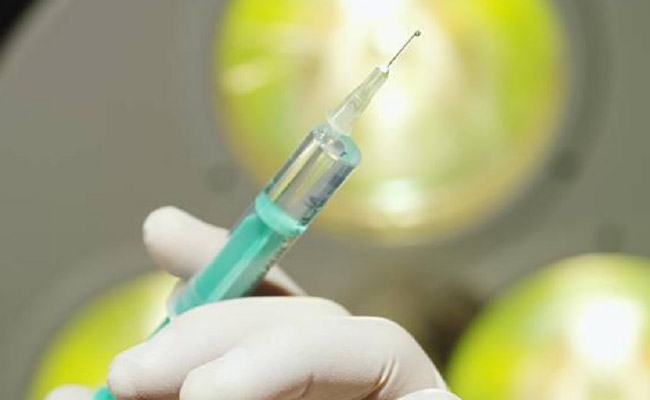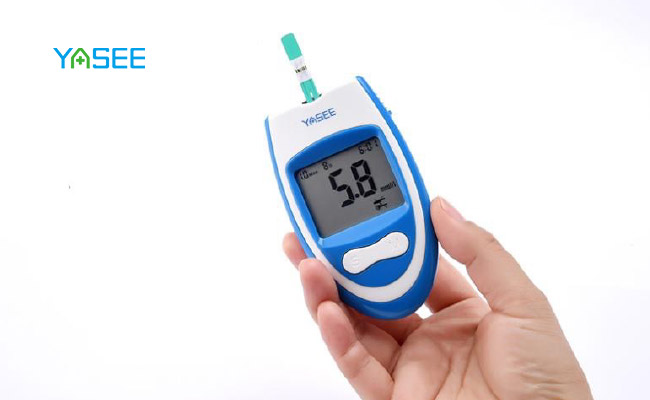
Sugar Control is Exquisite, 6 Tricks to Help You Stabilize Blood Sugar
2022-09-19
The Benefits of Eating More Beans for Diabetics
2022-10-11Clinically, blood glucose refers to glucose in the blood. It is the main energy source for most cells in the body. Most of the energy required for cell activities in the body also comes from glucose. Therefore, blood glucose must be maintained at a certain level to maintain the body. the needs of various organs and tissues.
The blood sugar level of each person will fluctuate with eating, activities, etc. throughout the day. Generally, the blood sugar on an empty stomach is relatively constant. The fasting blood sugar often measured by people’s health checks in life refers to overnight fasting (at least 8-10 hours without taking any food) ), the blood glucose value detected by the blood collected before breakfast, the fasting blood glucose at this time is also one of the most commonly used indicators of diabetes.
Blood sugar in the human body can maintain a dynamic balance because there are three aspects of regulation: nerves, hormones and organs. When these adjustments lose their original relative balance, hyperglycemia and hypoglycemia occur.
1. Hyperglycemia
Physiological hyperglycemia: seen in high-sugar diet, exercise, drinking, etc., which cause sympathetic nervous excitement and emergency situations, which can lead to short-term elevation of blood sugar.
Pathological hyperglycemia:
1) Diabetes is one of the main causes of hyperglycemia
2) High blood sugar caused by dehydration such as high fever, vomiting, diarrhea, etc.
3) Elevated intracranial pressure such as intracranial hemorrhage in traumatic brain injury, etc.
4) Use of certain drugs such as glucagon, epinephrine, glucocorticoids, etc.
Long-term hyperglycemia can damage blood vessels and nerves, leading to the occurrence and development of chronic complications such as cardiovascular and cerebrovascular diseases, diabetic nephropathy, retinopathy, peripheral neuropathy, and diabetic foot necrosis.
2. Hypoglycemia
1) Postprandial (reactive) hypoglycemia
(1) Congenital deficiency of carbohydrate metabolizing enzymes: such as hereditary fructose intolerance, etc.
(2) Idiopathic reactive hypoglycemia.
(3) Functional hypoglycemia.
(4) Postprandial hypoglycemia in the early stage of type 2 diabetes, etc.
2) Fasting hypoglycemia
(1) Excessive secretion of endogenous insulin: common insulinomas, autoimmune hypoglycemia, etc.
(2) Drug properties: such as insulin injection, sulfonylurea hypoglycemic drugs, salicylic acid, drinking, etc.
(3) Severe diseases: such as liver failure, heart failure, renal failure, malnutrition, etc.
(4) Deficiency of insulin antagonist hormones: such as glucagon, growth hormone, cortisol, etc. deficiency.
(5) Extrapancreatic tumors, etc.
Long-term repeated severe hypoglycemia episodes can lead to irreversible damage to the central nervous system, resulting in changes in the patient’s personality, which may eventually lead to mental disorders and dementia. If hypoglycemia goes unnoticed for too long, it can lead to death.
Here is a summary of the simple ways to diagnose diabetes:
The fasting blood sugar of a normal person should be lower than 6.1mmol/L, while the fasting blood sugar of a diabetic should be equal to or higher than 7.0mmol/L. There is a gap between these two values. Similarly, the two-hour postprandial blood glucose of a normal person should be lower than 7.8 mmol/L, while the two-hour postprandial blood glucose of a diagnosed diabetic should be equal to or higher than 11.1 mmol/L. There is also a gap between the two. If a person’s blood sugar is just within these two gaps, that is to say, fasting blood sugar is between 6.1mmol/L and 7.0mmol/L, and/or blood sugar two hours after meals is between 7.8mmol/L and 11.1mmol/L. At this time, the blood sugar is neither normal nor reaching the level of diabetes, which is called prediabetes.
The following 7 key groups should be regularly screened for blood sugar:
Overweight and obese people.
1. Patients with hypertension, hyperlipidemia and coronary heart disease. This group of people has a high rate of abnormal glucose metabolism and is more likely to develop diabetes.
2. People with a family history of diabetes.
3. Pregnant women over 30 years old. People who have diabetes during pregnancy or who have given birth to a huge baby over 8 pounds.
4. People with unhealthy diet, lack of exercise and stress.
5. Abnormal glucocorticoids, polycystic ovary syndrome, a history of mental illness, and taking antidepressants are also factors that may easily lead to diabetes.
6. People over 45 years old need to pay special attention to blood sugar screening.
Everyone should pay attention to a healthy lifestyle, maintain a reasonable weight, and monitor your blood sugar regularly with our YASEE blood glucose meter. Controlling your own blood sugar changes has important guiding significance for your life, diet, and rational drug use.








